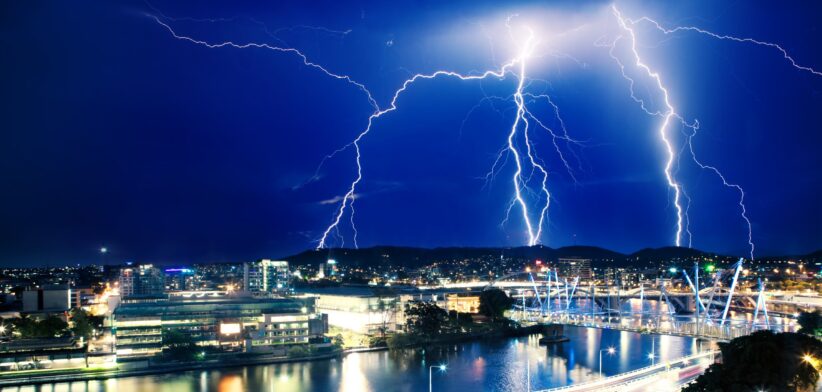Summer storms are more frequent and intense over city areas, according to new research.
A study of observations from eight cities and their surroundings in Europe and the United States found the storms impacted cities harder than rural areas.
University of Lausanne Atmospheric Scientist Herminia Torelló-Sentelles said the results could change how city planners prepared for floods in their cities, especially as urban areas expanded and as climate change altered global weather patterns.
Ms Torelló-Sentelles, the study’s lead author, said researchers found more storms formed over urban areas and their boundaries than in surrounding areas and that larger cities intensified rainfall more than smaller cities.
“Cities are expected to become more populated and increase in size in the coming decades,” she said.
“Being able to quantify urban flood risk is important for urban planning and when designing urban drainage systems.”
Ms Torelló-Sentelles said the rain effect had been reported in studies of single cities, but the new research looked for trends and differences across multiple cities.
“Differences in urban rainfall patterns highlight the need to keep studying storm activity in cities across the globe.”
She said the new study found cities could turn storms into fire hoses, dropping bursts of rainfall over small urban areas instead of spreading out the rain over a larger area.
“Those concentrated bursts of rainfall can exacerbate flood risks if city infrastructure cannot handle the deluge.”
Ms Torelló-Sentelles said most cities were producing more fire hose-like storms than rural areas.
“Cities are also spawning more storms than their surroundings, and bigger cities are generating stronger storms than smaller cities.
“It’s not only intensity of rainfall that matters when you look at flood risk. It’s also how it’s distributed over space,” she said.
“If you have a very large amount of rainfall falling over a very small area, that can collapse the drainage system in an urban area.”
Ms Torelló-Sentelles said several factors could be causing urban storm creation and intensification.
She said cities were generally warmer than their cool, moist and vegetation-dense surroundings, which could cause air to be drawn toward the cities and uplifted.
“That warm, uplifted air then condenses into rain clouds over urban centres.
“Storms are also often formed as air is uplifted over mountain ranges, producing rain clouds at the mountains’ peaks. Like mini mountain ranges, city skylines can create favourable environments for the uplift of air masses and the creation of storms.”
Ms Torelló-Sentelles said increasingly large urban areas could generate and amplify more storms than their surroundings, even as climate change continued to intensify storms worldwide.
“The combined impact of urban growth and climate change could stress urban stormwater systems and lead to more frequent and severe floods.”








